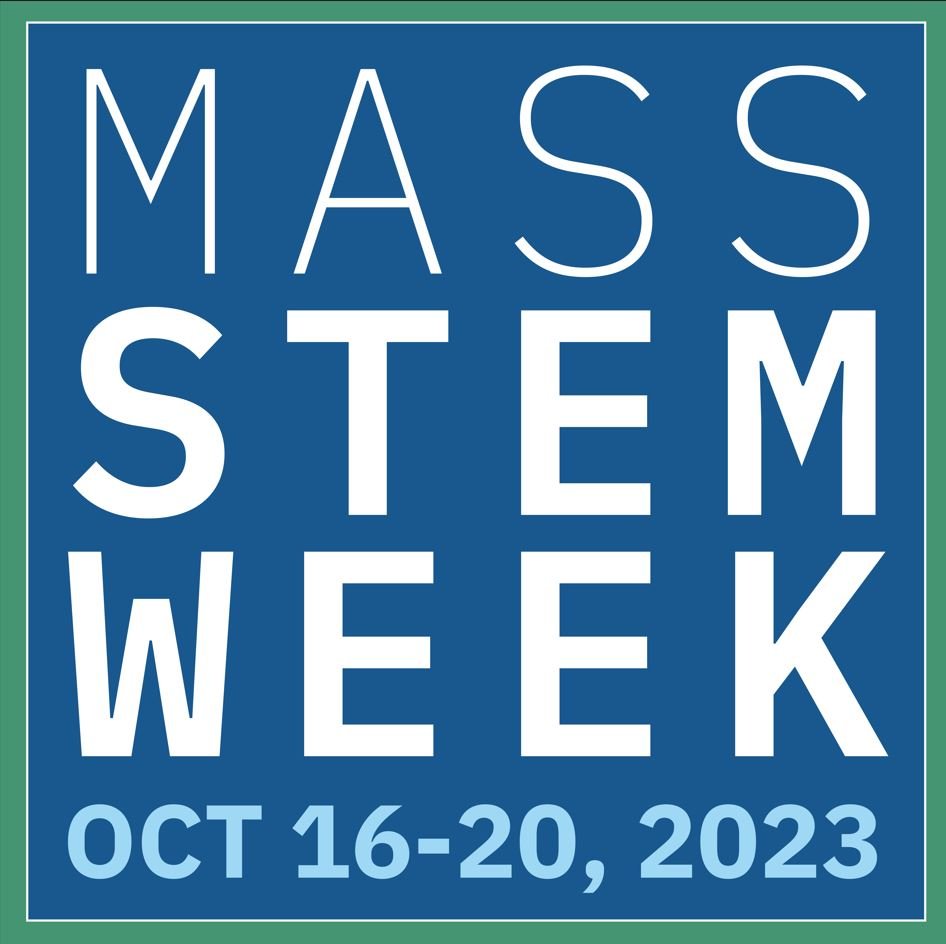Partial Solar Eclipse Observing
Saturday, October 14
STOP BY ANY TIME BETWEEN
12:30PM - 2:30PM
In front of May Hall, Framingham state University*
*Additional on-campus viewing locations
may be announced soon
Participants of all ages are welcome to safely observe the partial solar eclipse and participate in hands-on activities!
Partial eclipse begins: 12:18 PM
Maximum eclipse: 1:25 PM
Partial eclipse ends: 2:33 PM
McAuliffe Center staff and NASA Solar System Ambassadors are available to facilitate hands-on activities, guide your observations, and answer questions about eclipses.
We will distribute eclipse glasses to all who join us for observing. If you plan to observe the partial solar eclipse on your own, please read important safety information below!
About Solar Eclipses:
From time to time, the Moon appears to pass in front of the Sun in our sky. By coincidence, the Sun and Moon appear almost the same size – almost, but not quite. The Moon’s distance from the Earth varies somewhat.
During a total solar eclipse (like the one coming up in 2024), the Moon’s disk entirely covers the Sun, and from a narrow track along the eclipse path, we can see the full range of wonderful phenomena (such as the delicate corona and prominences) associated with such eclipses.
NASA/Nat Gopalswamy - Total solar eclipse photographed from Madras, Oregon on August 21, 2017.
NASA/Bill Dunford - Annular solar eclipse photographed on May 20, 2012.
Sometimes, though, a solar eclipse happens when the Moon is slightly further from Earth, and its smaller apparent size means it does not completely cover the Sun. As seen from a narrow path on Earth, this creates an “annular,” or “ring of fire” eclipse. The Sun’s bright disk is visible around the dark disk of the Moon. While spectacular, it does not produce anywhere near the range of subtle phenomena available during a total eclipse.
The October 14 eclipse is an annular eclipse, as seen from a narrow path stretching from Oregon to Texas.
As seen from areas outside the path (such as Massachusetts), the Moon only blocks a portion of the Sun’s disk. Over about 2 hours, the Moon will appear to move over and “take a bite” of the Sun’s disk. At maximum (at 1:25 PM), the Moon will only cover up 30% of the Sun’s diameter. Nevertheless, such eclipses are noteworthy and rare enough in any given location to be worth a look.
©2021 Great American Eclipse, LLC - The path of the annular solar eclipse over North America.
Eye Safety During an Annular Eclipse:
The Sun is never completely blocked by the Moon during an annular solar eclipse. Therefore, during an annular eclipse, it is never safe to look directly at the Sun without specialized eye protection designed for solar viewing.
Viewing any part of the bright Sun through a camera lens, binoculars, or a telescope without a special-purpose solar filter secured over the front of the optics can instantly cause severe eye injury.
When watching an annular solar eclipse directly with your eyes, you must look through safe solar viewing glasses (“eclipse glasses”) or a safe handheld solar viewer at all times. Eclipse glasses are NOT regular sunglasses; regular sunglasses, no matter how dark, are not safe for viewing the Sun.
From NASA: https://solarsystem.nasa.gov/eclipses/2023/oct-14-annular/safety/
Suppliers of safe solar filters and viewers can be found here.
Important Information:
This event is weather-permitting. In case of inclement weather or conditions inconducive for observing, this event will be cancelled.
Parking is available in the McCarthy Center, Maynard Road, Salem End Road, and Maple Street Parking Lots. Once parked, follow Framingham State University’s signs and the McAuliffe Center’s yard signs to May Hall.
Observing will take place in front of May Hall. There is a staircase at the intersection of State Street and Maynard Road that will take you to the observing location. Refer to Directions and Map from our stargazing events.
In collaboration with the Environment, Society & Sustainability Department at Framingham State University. This event is part of Massachusetts STEM Week 2023 and NASA Affiliated.







